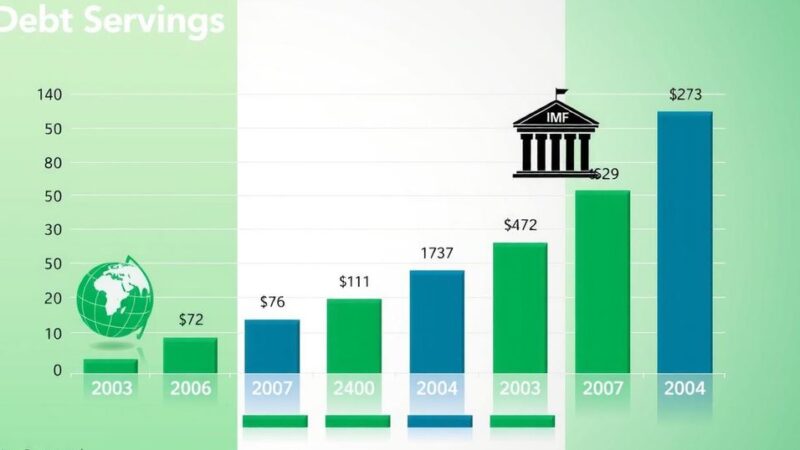Moody’s Rating’s latest review of Ethiopia signals potential losses for private creditors amid the government’s ongoing debt restructuring efforts under the G-20 framework. Despite progress in IMF negotiations and economic reforms, a formal agreement with creditors remains unattainable, raising concerns over the potential impacts on the country’s credit ratings and financial stability.
On March 14, 2025, Moody’s Rating, a prominent global credit rating agency, released its periodic review of Ethiopia, indicating that ongoing debt restructuring efforts by the government may lead to significant losses for private creditors. The agency underscored the potential for a prolonged debt restructuring process, which may affect the current ratings of the country. Although the publication does not suggest an imminent rating change, it follows a reevaluation conducted earlier in March.
Ethiopia has been pursuing a debt restructuring framework established by the G-20 since February 2021, aided by a creditor committee formed six months later, co-chaired by China and France. A key condition of the restructuring process is a collaboration agreement with the International Monetary Fund (IMF). Despite securing an IMF program in July 2024 and making strides in economic reforms, a formal debt restructuring agreement with official creditors is still pending; notably, Ethiopia defaulted on a $1 billion Eurobond principal payment in December 2024.
An ad hoc committee representing bondholders, holding approximately 40% of Ethiopia’s bonds, previously rejected an 18% reduction on the principal proposed by Ethiopia. This committee also disagreed with the IMF’s assessment, questioning the actual solvency issues facing Ethiopia’s economy. Moody’s announced, “The Government of Ethiopia’s ratings, including its Caa3 foreign currency and Caa2 local currency issuer ratings, reflect our expectation of losses to private-sector creditors as a result of the government’s ongoing debt restructuring under the G-20 Common Framework.”
The agency assessed that while an upgrade of the foreign currency rating is improbable, it may occur if private-sector creditors face smaller losses than expected. Improvements in foreign exchange reserves and government revenues post-restructuring could positively influence ratings in the long term. Conversely, significant losses or a decline in domestic liquidity could exert downward pressure on the ratings.
In September 2023, Moody’s downgraded Ethiopia’s foreign currency rating to Caa3 due to a high likelihood of default on foreign-denominated debt. Meanwhile, Fitch Ratings upgraded Ethiopia’s Long-Term Local-Currency Issuer Default Rating (IDR) to ‘CCC+’ from ‘CCC-‘ five months prior, attributing it to easing financing pressures and greater assurance that local-currency obligations would not be included in the debt restructuring.
Since agreeing with the IMF in July, Ethiopia has transitioned to a market-based exchange system, increased revenue mobilization efforts, and reduced energy subsidies. The IMF has conducted positive reviews of these changes despite some public criticisms regarding vulnerability support. Finance Minister Ahmed Shide expressed confidence that Ethiopia has entered the final stages of negotiations with its creditors regarding the debt restructuring plan.
Moody’s recent assessment indicates that Ethiopia’s ongoing debt restructuring efforts are likely to result in notable losses for private creditors. The country’s challenges in formalizing agreements with official creditors, alongside economic reforms initiated under the IMF, create a complex fiscal landscape. While the potential for rating upgrades exists, so do risks of significant losses and liquidity challenges, necessitating careful monitoring by stakeholders.
Original Source: shega.co






